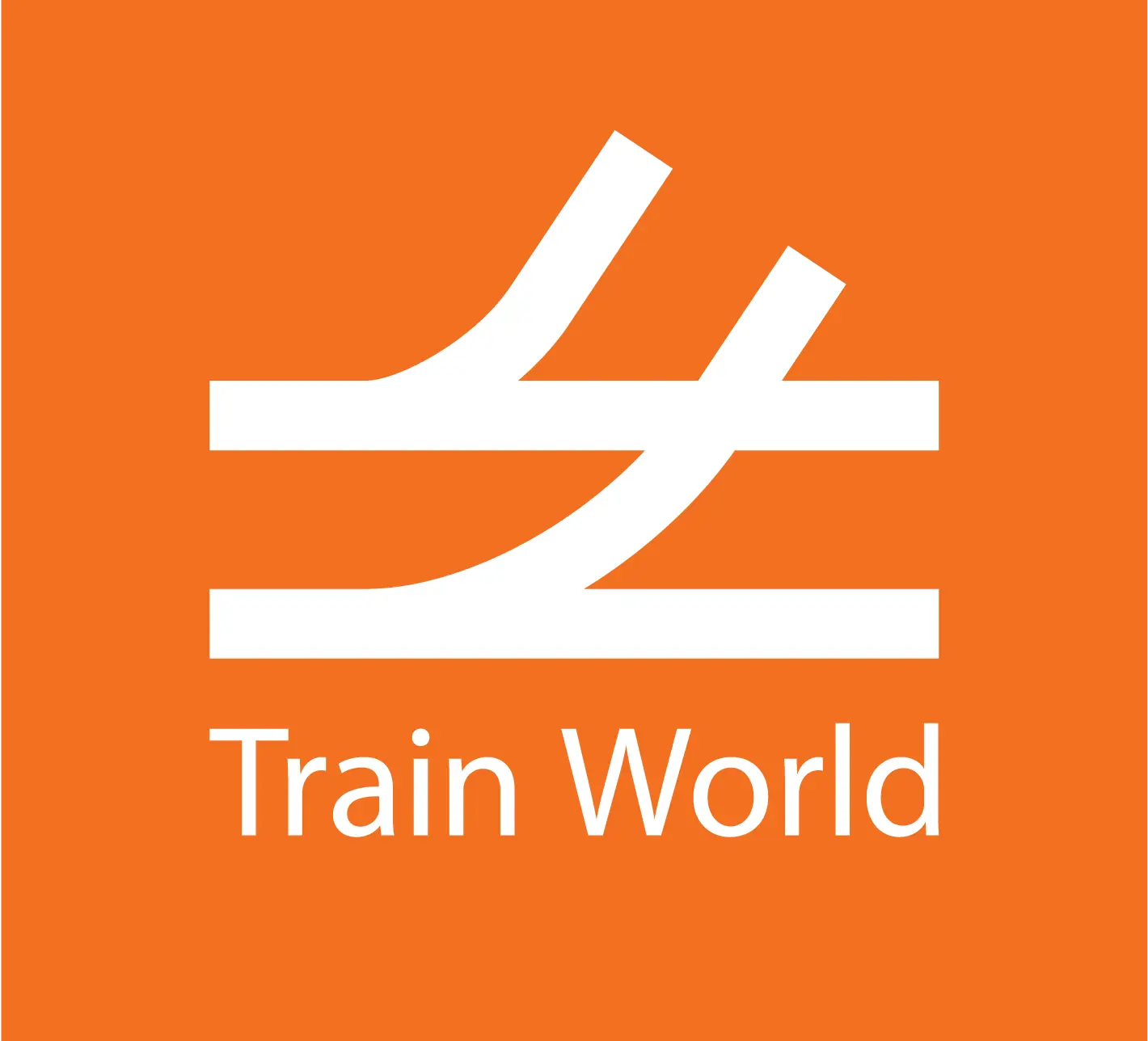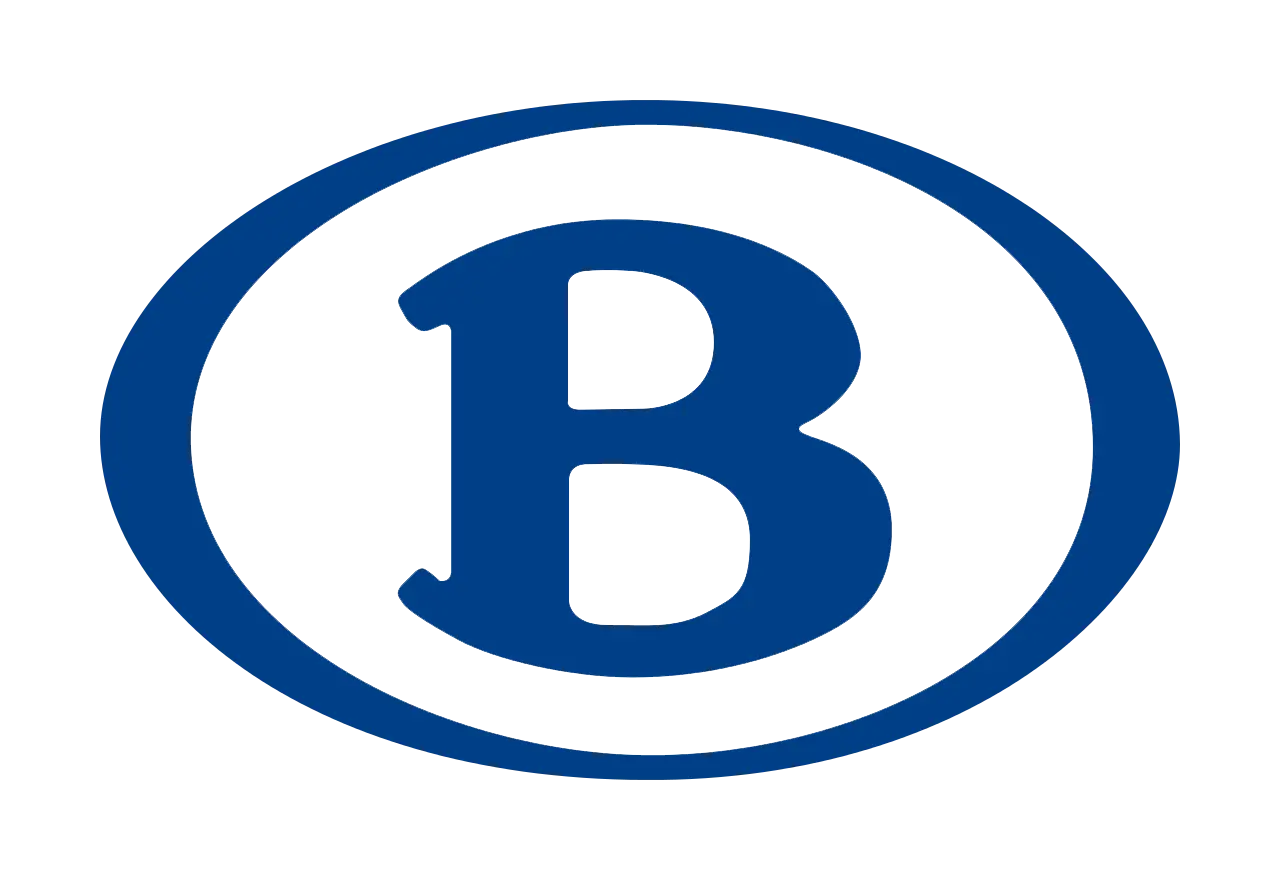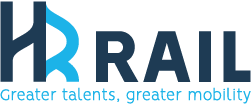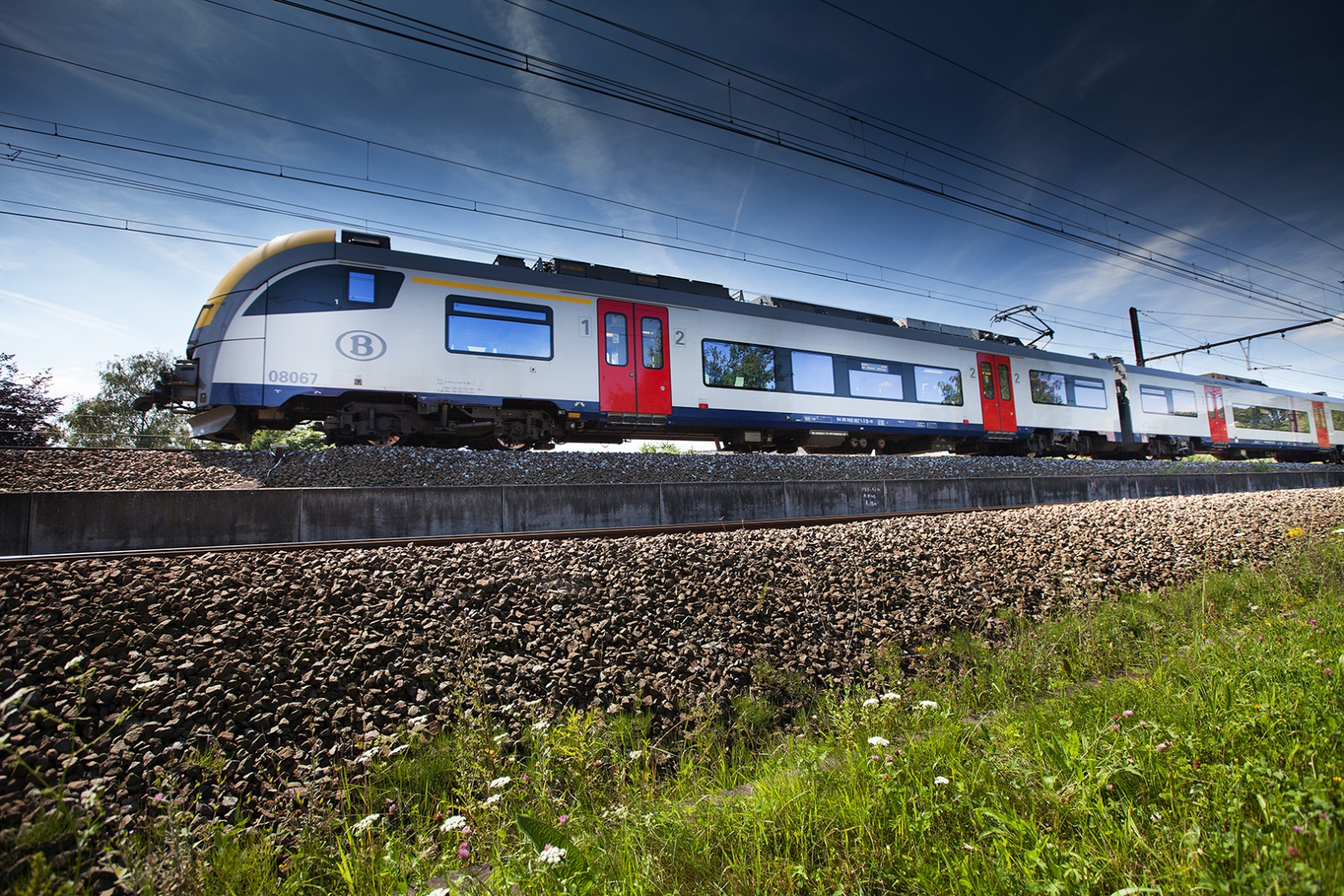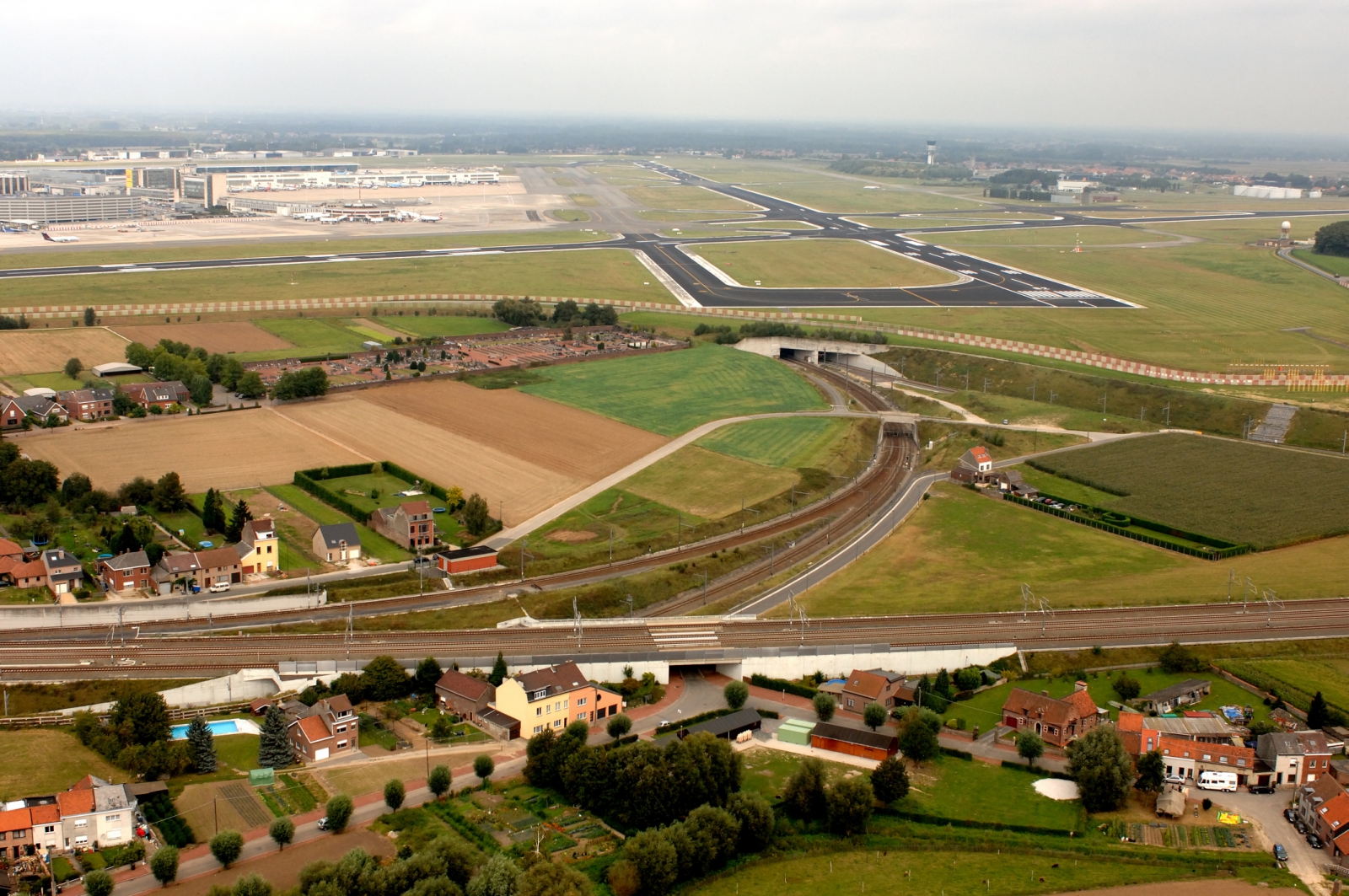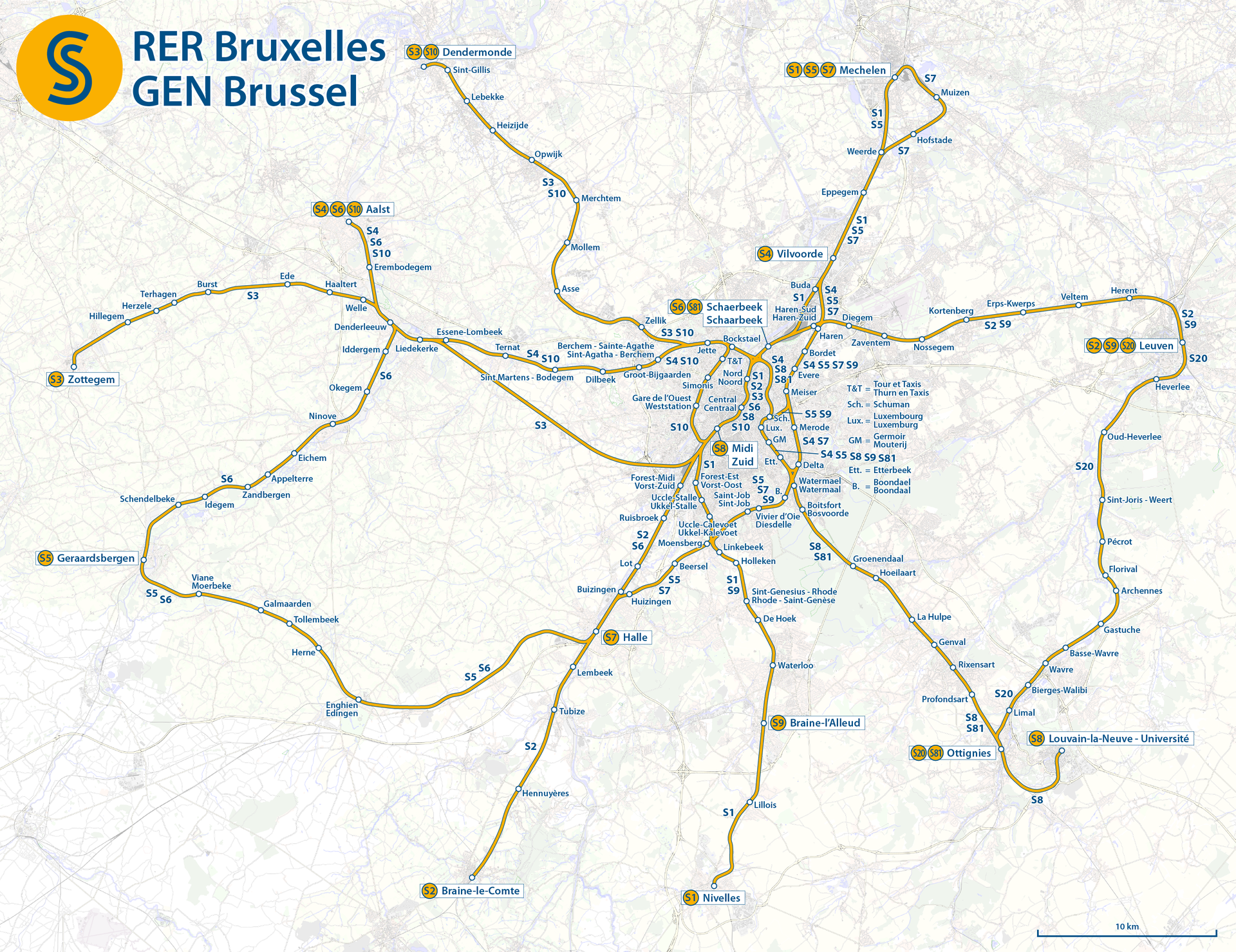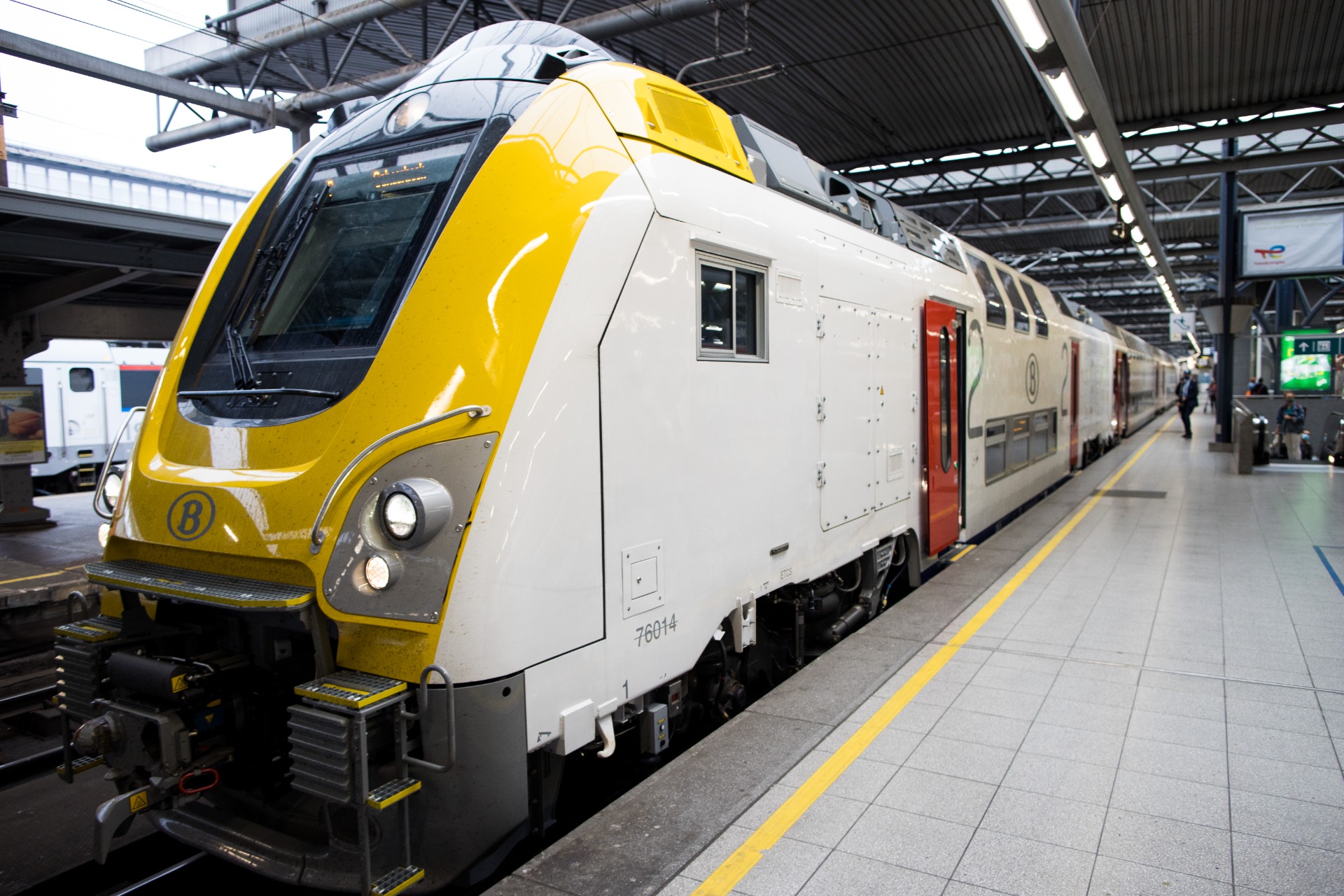At the 1986 annual conference of the Ministers of Transport for France, Germany, Belgium and The Netherlands, a high-speed network between Paris – Brussels - Cologne/Amsterdam, or PBKAL for short (the first letters of each connected city) was discussed for the first time. The L referred to London, which would also be connected to this network via the Channel Tunnel.
Scan the QR code and get
20%
discount for museum tickets!
